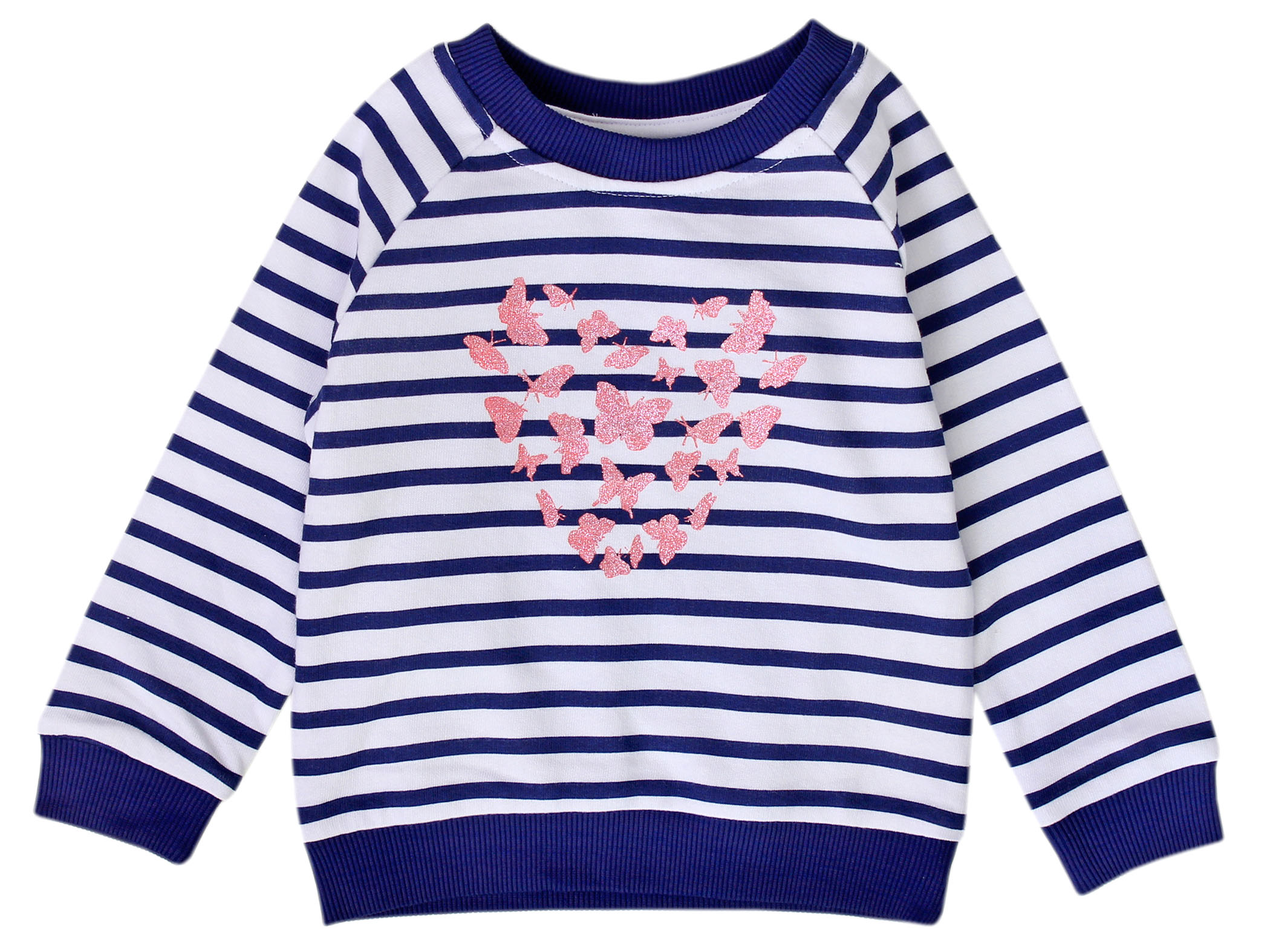An official website of the United States government
 United States Department of Labor
United States Department of Labor

The Entry Level Item (ELI) category of Girls’ Tops is part of the index for Girls’ Apparel, and includes all types and styles of shirts, sweaters, cardigans, vests, activewear tops, and one-piece leotards and bodysuits in preschool and grade school girls' sizes. In this factsheet, we examine the regression model used in the quality adjustment of price data for girls’ tops.
The sample used for the new hedonic model included approximately 770 observations. The model was constructed using web-based information due to restrictions on data collection during the COVID-19 pandemic, unlike models from the past that had a mix of store and website data. There were more than 150 unique brands in the sample, and the top 10 brands accounted for 49 percent of observations. There were more than 50 distinct outlets in the sample, and the top five outlets accounted for 53 percent of observations.
Table 1 presents the details of the estimation of the current model used to quality adjust girls’ tops.
| Variable Name | DF | Parameter Estimate | Standard Error | t Value | Pr > |t| | Tolerance Statistic |
|---|---|---|---|---|---|---|
|
Intercept |
1 | 3.23801 | 0.0546 | 59.3 | <.0001 | |
|
Style: Partial Closure Pullover |
1 | 0.1714 | 0.05313 | 3.23 | 0.0013 | 0.86813 |
|
Style: Cardigan |
1 | 0.43989 | 0.06076 | 7.24 | <.0001 | 0.75139 |
|
Style: Sweater |
1 | 0.40204 | 0.06885 | 5.84 | <.0001 | 0.76221 |
|
Style: Open Front Shirt |
1 | 0.30707 | 0.06327 | 4.85 | <.0001 | 0.85853 |
|
Style: Activewear Top |
1 | 0.15675 | 0.05491 | 2.85 | 0.0044 | 0.85538 |
|
Style: Sweatshirt |
1 | 0.37332 | 0.0515 | 7.25 | <.0001 | 0.72616 |
|
Style: No Closure Pullover |
Base | |||||
|
Type of Brand: Luxury |
1 | 1.62855 | 0.22191 | 7.34 | <.0001 | 0.86466 |
|
Type of Brand: National |
1 | 0.25361 | 0.03381 | 7.5 | <.0001 | 0.68902 |
|
Type of Brand: Private |
Base | |||||
|
Sleeve Length: Long Sleeves |
1 | 0.19434 | 0.03177 | 6.12 | <.0001 | 0.65823 |
|
Sleeve Length: Short Sleeve & Sleeveless |
Base | |||||
|
Features: Trim |
1 | 0.11688 | 0.04034 | 2.9 | 0.0039 | 0.86943 |
|
Features: Screen Print |
1 | -0.10627 | 0.03071 | -3.46 | 0.0006 | 0.73823 |
|
Features: No Features |
Base | |||||
|
Fiber (continuous): Cotton |
1 | -0.00125 | 0.00042 | -3.01 | 0.0027 | 0.77554 |
|
Fiber (continuous): Cashmere/Wool |
1 | 0.01036 | 0.0035 | 2.96 | 0.0032 | 0.92586 |
|
Fiber (continuous): Polyester |
Base | |||||
|
NOTE: This model contains control variables for type of business, type of store, and geographic region, but they are not used in adjustments. |
||||||
Access data for Girls' Apparel in our online database.
Additional information may be obtained from the Consumer Price Index Information Office by email or calling 202-691-7000. Information on the CPI's overall methodology can be found in the BLS Handbook of Methods.
Last Modified Date: June 27, 2024